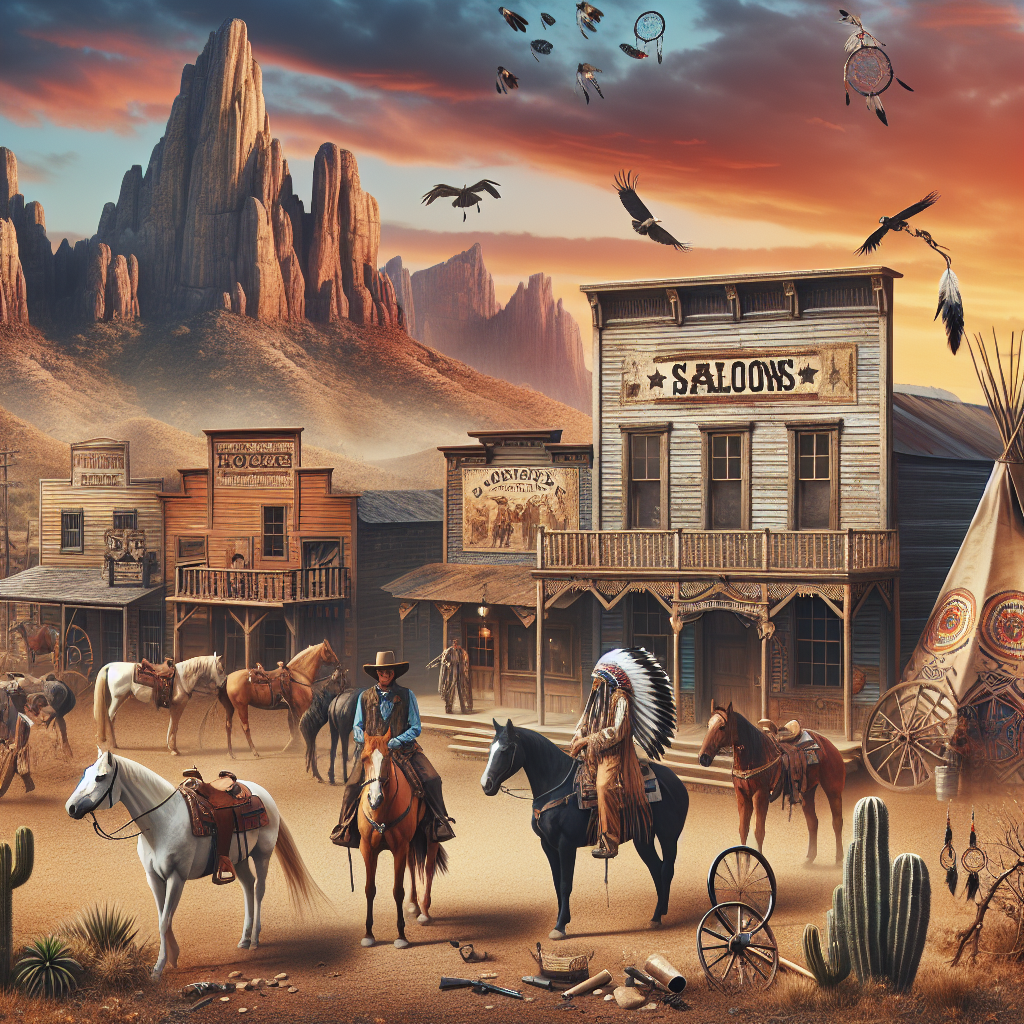The Wild West conjures images of daring adventures, larger-than-life figures, and the rugged frontier. It's where imagination meets history, combining fact with folklore. But what exactly defines a Wild West hero? This concept gained popularity during the latter half of the 19th century, primarily in the American West stretching from the Great Plains to California, where a new kind of hero emerged. Often depicted as gunslingers, cowboys, outlaws, or lawmen, these figures navigated a world balancing precariously between chaos and civilization. This was a time when the U.S. was expanding rapidly, and the tales of brave souls taming the wildest territories fascinated many.
The fascination with Wild West heroes is not only fueled by reality but amplified by stories that highlighted their grit and valor. Figures like Wyatt Earp, a lawman known for his role in the Gunfight at the O.K. Corral, or Annie Oakley, a sharpshooter excelling in what was typically a man's realm, stand out for their unique contributions. These heroes symbolize a time when determination meant survival and legend had as much power as truth.
Films, books, and radio have romanticized this era, often glossing over complex realities. They portray outlaw-heroes like Billy the Kid as both charming and dangerous. At the same time, Hollywood's depiction has sometimes been filtered through a specific lens that focuses on the white male experience, often ignoring the contributions made by African Americans, Native Americans, and women.
These narratives are simplifications. For example, black cowboys like Nat Love were pivotal to the ranching industry, but their stories are less told. Women also played significant roles, often overshadowed by their male counterparts. This narrow portrayal, while captivating, reduces historical events to mere entertainment, often downplaying the multifaceted nature of individuals and their environments.
The Wild West ideals of freedom and exploration deeply resonate, probably because they suggest autonomy and resilience. These ideals align with what many Gen Z values today: independence, self-expression, and questioning norms. Yet, it's essential to redefine these narratives, recognizing both the myths and the facts, ensuring that all voices resonate equally.
These tales influence modern culture significantly. Video games with open worlds allowing players to embody these frontier characters offer one example. Here, players experience the power dynamics, societal structures, and adventurous freedom reminiscent of the Wild West. However, they also reflect a more diverse and inclusive perspective, addressing past oversights.
Political landscapes of the Wild West were as wild as the terrain itself. Rampant lawlessness and ethical dilemmas faced by these figures often mirrored the moral complexities encountered today. Heroes from that era made decisions in contexts often far removed from modern principles. But understanding these environments helps us appreciate the nuances of those historical moments and learn from them.
Seeing the Wild West through a critical, inclusive lens requires empathy for all perspectives. It's exhilarating to envision our heroes through untold stories, recognizing everyone who lived in that tumultuous yet transformative time. This approach acknowledges their place in history, allowing Gen Z to look forward with inclusive values while appreciating what came before. Ultimately, the Wild West hero continues to inspire a sense of daring adventure, confronting fears, and breaking new paths, no matter where those paths might lead.

